Acupuncture combined with topical herbs is effective for the treatment of facial paralysis. Researchers from the Traditional Chinese Medicine department of People’s Hospital (Huairen, Shanxi) tested two acupuncture protocols. Using acupuncture as a monotherapy produced a 76.92% total effective rate. The addition of topical herbal medicine to the acupuncture point prescription increased the total effective rate to 97.44%. [1] The type of facial paralysis examined in the investigation is categorized as Bell’s palsy.
Acupuncture monotherapy produced significant positive patient outcomes: 11 patients were cured, 13 had highly effective results, 6 achieved the effective tier of patient outcomes, 9 did not have significant outcomes. Adding topical herbal medicine paste to the identical acupuncture point prescription protocol produced superior patient outcomes. In the acupuncture and herbs group, 20 patients were classified as cured, 14 were classified as highly effective, 4 were classified as effective, and 1 was ineffective. [2]
A total of 78 patients suffering from facial paralysis were recruited for the study and were randomly assigned to receive either standard acupuncture or acupuncture plus herbs, applied directly to specific acupuncture points. Within the standard acupuncture group, there were 20 males and 19 females, with a mean age of 35.26 years. Their duration of disease ranged from 1–14 months, with a mean duration of 5.41 months. Within the acupuncture and herbs group, there were 21 males and 18 females, with a mean age of 36.15 years. The duration of disease ranged from 2–15 months, with a mean duration of 5.57 months. No statistically significant difference was found between the two groups prior to the clinical trial.
All of the participants received a clinical diagnosis of facial paralysis according to TCM and biomedical criteria, were aged 20–65 years, and gave voluntary, informed consent to participate in the study. Patients whose facial paralysis was due to physical trauma or tumors were excluded. Further exclusion criteria were either concurrent serious illness or known allergies to topical medications.
Acupuncture Points
For all patients in the acupuncture monotherapy group, the following local points were selected:
- Sibai (ST2)
- Dicang (ST4)
- Taiyang (MHN9)
- Quanliao (SI18)
- Xiaguan (ST7)
- Yingxiang (LI20)
- Jiache (ST6)
- Yangbai (GB14)
Additional distal points and needle techniques varied according to each patient’s individual Traditional Chinese Medicine (TCM) diagnosis as follows:
Wind-Heat
For patients with facial paralysis due to wind-heat, the following distal points were added (all points were needled using a reducing technique or electroacupuncture):
- Hegu (LI4)
- Quchi (LI11)
- Dazhui (GV14)
- Yuji (LU10)
- Waiguan (TB5)
Wind-Cold
For patients with facial paralysis due to wind-cold, the following distal points were added (all points were needled using a reducing technique with warm needle acupuncture):
- Hegu (LI4)
- Fengchi (GB20)
- Lieque (LU7)
Blood Stasis
For patients with facial paralysis due to blood stasis, the following distal points were added (all points were needled using a balanced reinforcing-reducing technique):
- Ganshu (BL18)
- Neiting (ST44)
- Xuehai (SP10)
- Geshu (BL17)
Acupuncture and Herbs
All patients in the acupuncture plus herbs group received local and distal acupuncture treatment according to the same protocol as the acupuncture monotherapy group. In addition, topical herbs were applied directly to specific acupuncture points, according to each patient’s TCM diagnosis.
Wind-Heat
For patients with facial paralysis due to wind-heat, the following herbs were selected:
- Lian Qiao 10g
- Bo He 6g
- Huang Lian 6gBing Pian 2g
- Zhi Ma Qian 1g
- She Xiang 0.2g
The herbs were ground to a powder and made into a paste using a small amount of ginger juice. The paste was then divided and formed into small cakes to be applied to the following acupoints:
- Xiaguan (ST7)
- Jiache (ST6)
- Yifeng (TB17)
- Wangu (GB12)
Wind-Cold
For patients with facial paralysis due to wind-cold, the following herbs were selected:
- Zhi Chuan Wu 10g
- Fang Feng 10g
- Rou Gui 10g
- Bai Fu Zi 10g
- Quan Xie 6g
The herbs were ground to a powder and made into a paste using a few drops of water. The paste was then divided and formed into cakes to be applied to the following acupoints:
- Xiaguan (ST7)
- Taiyang (MHN9)
- Jiache (ST6)
Blood Stasis
For patients with facial paralysis due to blood stasis, the following herbs were selected:
- E Zhu 10g
- Xiang Fu 10g
- Ru Xiang 10g
- Mo Yao 10g
- San Leng 10g
- Pao Shan Jia 10g
- Hong Hua 6g
The herbs were ground to a powder and made into a paste using a small amount of alcohol. The paste was then divided and formed into cakes to be applied to the following acupoints:
- Scalp motor area
- Taiyang (MHN9)
- Qianzheng (MHN16)
- Local ashi points
Outcomes and Discussion
Treatment outcomes were measured using the House-Brackmann scale for facial function (H-B). The H-B scale quantifies the degree of nerve damage and is helpful in determining a prognosis. This scale grades facial function on a scale of 1–6, with 1 indicating normal facial function and 6 indicating complete paralysis. Prior to treatment, there was no significant difference between the mean H-B scores of the acupuncture monotherapy and the acupuncture and herbs groups, at 3.89 and 3.92 respectively (p>0.05). Following treatment, the mean H-B scores of both groups fell significantly (p<0.05). However, the mean post-treatment score in the acupuncture and herbs group was significantly lower at 2.01 compared with 2.87 in the standard acupuncture group (p<0.05).
In addition, the participants were divided into four categories according to their H-B scores and overall improvement in clinical symptoms at the end of the study. The participants were classified as either cured (complete resolution of clinical symptoms, H-B score of 1), highly effective (face symmetrical when static, but with slight asymmetry on movement, H-B score of 2), effective (face symmetrical when static, but asymmetrical with movement, some facial spasms or twitching, H-B score of 3), or ineffective (no significant improvement of clinical symptoms). Acupuncture as a standalone treatment modality and the acupuncture plus topical herbal medicine protocol produced significant patient outcomes; however, the addition of herbal medicine produced superior patient outcomes.
References:
1. Ji Shouquan (2018) “Clinical Observation on Acupuncture and Moxibustion Combined with Chinese Herbs Acupoint Application in the Treatment of Facial Paralysis” Guangming Journal of Chinese Medicine, Vol. 33 (14), pp. 2075-2077.
2. Ibid.

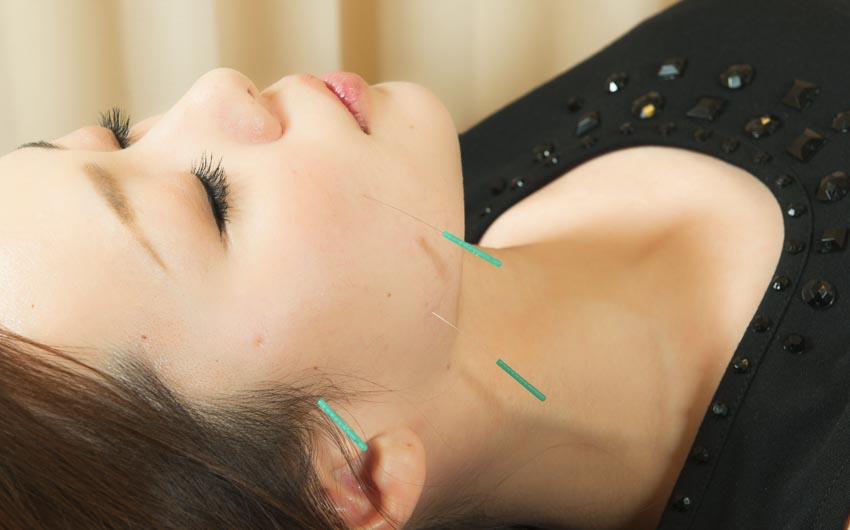
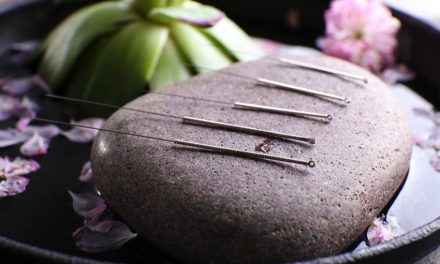
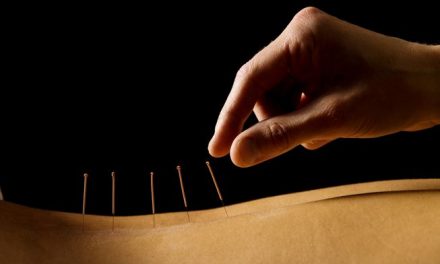
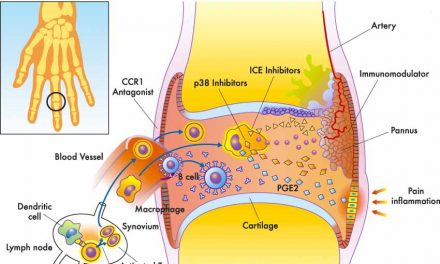
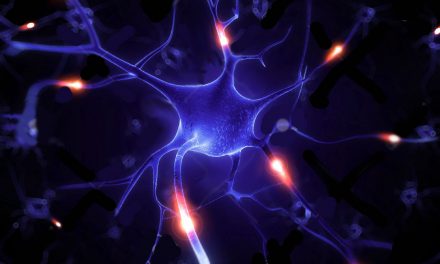
Recent Comments